An accord between the government of Mali and groups representing the Touareg-led rebellion in the north, primarily the MNLA and HCUA, was signed two days ago in Ougadougou at end of several weeks of intense negotiation. Le Monde has a concise and fairly comprehensive report on this possibly historic event. So is this peace in our time?
Two aspects of the Ouagadougou Accords really leap out. The first is that one of the two Touareg signatories was Alghabass Ag Intalla, son of the traditional chief of the Ifoghas clan, Intalla Ag Attaher. The other signatory was Bilal Ag Cherif, General Secretary of the MNLA.
Alghabass ag Intalla sided with Iyad Ag Ghali and his Ansar ud-Dine militia during the occupation of northern Mali by armed Islamist groups last year, and then went on to form the Mouvement Islamique de L’Azawad (MIA). The choices he made betrayed a serious lack of judgement and a scant grasp of both geopolitics and local realpolitik. The impression given was that Alghabass, despite all his hereditary standing and influence, allowed himself to become a mere pawn in Iyad’s games of power and devilish alliance. Furthermore, his split from Iyad and Ansar ud-Dine soon after France launched operation Serval to rid the north of the Islamist militias seemed merely opportunistic.
As heir apparent to the leadership of the Ifoghas, no doubt Alghabass faced some touch choices during the rebellion, some of which were no doubt governed by factors that outsiders will find difficult to fully understand. Nonetheless, I have a growing feeling that Alghabass isn’t really the ideal person to lead the Ifoghas and the other Touareg clans in the Adagh out of their current predicament and into a more peaceful and productive future. When I interviewed him by phone back in January, just after he’d formed the MIA, Alghabass seemed vague and lackadaisical in his grasp of the immense challenges he and his people faced and the strategies required to overcome them.
I was also under the impression that Alghabass’ standing within his community had already been diminished considerably by his lack of good judgement. But once the son of a lord, always the son of a lord, I suppose. Alghabass is back in the hot seat, leading his people. Am I the only one to find this a tad depressing?
The other striking aspect of the accords is the fundamental principles upon which, according to Le Monde, they rest: “The two camps confirm their adherence to the national unity and territorial integrity of Mali and a respect of human rights and the secular nature of the State. They recognise the ‘necessity to promote a genuine national reconciliation as the basis of a lasting peace in Mali.’ They also commit themselves to ‘fighting against terrorism'”
Fighting against terrorism is the easy part. The MNLA have always vowed their commitment to it, although their opportunistic alliance with an Ansar ud-Dine that was funded in turn by AQIM and MUJAO in February and March of last year has lead to understandable doubts about the sincerity of their claims. Nonetheless, the assistance they’ve been giving French army during their campaign against recalcitrant mujahedeen in the Tegharghar mountains and their various clashes with barely disguised mutations of MUJAO and AQIM in places like In Khalid and Ber prove that the will to fight terrorism and extremism is there.
Alghabass will have a harder time proving his commitment to this principle. Until recently he belonged to an Islamist militia that was in part funded by AQIM. When I asked him about this very point recently, he was vagueness personified, claiming that you can never know where money comes from. Nonetheless, I do believe that Alghabass is a moderate Islamist who has never wholeheartedly bought into the more hardline and Machiavellian notions of Iyad or his lieutenant Cheick Ag Aoussa. It seems trivial to say this, but I’ve never seen a photo of Alghabass sporting the obligatory outsized beard of the committed radical Salafist. Maybe it’s his blue blood that has given him a special dispensation.
National reconciliation is also an easy principle for all parties to accept. Mali needs it like never before. The level of ethnic tension and hatred in the country as a whole and in the north in particular is likely to remain at dangerous levels for some time to come and will only be eased by some intense and applied community-building and cohesion strategies. I would personally urge the foreign powers to throw every effort, every ounce of know-how and every penny they can muster into this process. The future viability of the Malian state depends on it.
The real sticking point in this statement of principles has to be that of adherence to the national unity and territorial integrity of Mali. It wasn’t that long ago that Bilal ag Acherif was hammering out the “Independence or Die!” slogans. When I met Mohammed Djiré, the vice-president of the MNLA in Ouagadougou back in February, he was adamant that a return to the pre-rebellion frontiers of Mali was not an option for him or his MNLA troops. He claimed that relationships had putrefied to the extent that the old cohabitation was no longer viable. And yet, Bilal, Djiré, Alghabass et al now seem ready to sign up to Mali, un et indivisible!
My hunch that a great deal of pressure, or some handsome inducements, or both, have been applied by third parties – Burkina Faso, African Union, France? – to bring the MNLA leadership round to this position. One of those inducements could be a firm promise by Mali, supported and ‘witnessed’ by France, to implement a road map towards regional autonomy. Despite Bilal’s slogans, it’s been clear for a while that most of the more realistic minds in the upper echelons of Touareg society have accepted that an independent Azawad will have to remain a dream for a long time yet. An independent state becomes de facto only once it has been recognised by other states and neither the international community, nor, more importantly, Algeria, will be ready to recognize an independent Azawad for the foreseeable future. Both Iyad ag Ghali and Alghabass ag Intalla have spoken about establishing an autonomous region in northern Mali along the lines of the Kurdish regions of northern Iraq. Has Mali secretly agreed to consider this option? Only time will tell.
It’s fairly easy to imagine the pressure might have been bought to bear on the MNLA and HCUA in Ouagadougou. France, the USA and the interim government in Bamako are all desperate to see the Presidential elections take place on July 28th, with voting in every corner of the Malian territory. They want to see the pesky coup-leader Colonel Amadou Haya Sanogo ‘confined to barracks’ and a credible democratically-elected government installed, one that the Americans can throw money and aid at without breaking its own laws. In order to achieve this, the Kidal region, which has been effectively ruled by the MNLA with the backing of the French army since February, had to be bought back into the fold.
I can imagine that France had stern words with the MNLA. Reject these accords and we’ll pull out, clearing the way for the Malian army and its revenge lust to sweep into Kidal with no holds barred. The skirmishes between the Malian army and the MNLA that happened a few weeks ago on the main road from Gao to Kidal, near the village of Anefis, in which the MNLA lost at least fifteen lives, were a dire warning of what might happen if the Malians and the MNLA meet in open battle in the dusty streets of Kidal. These accords promise a gradual and controlled deployment of Malian troops to Kidal and all regions north. Even so, a tense standoff is likely for a while. Nonetheless, the MNLA had little choice but to accept.
Their reward is the hope of survival, at least as a political movement. But how will these accords go down with the MNLA rank and file? Not very well, is my guess. Palpable apprehension of self-serving leaders selling out has existed amongst the lower ranks of the MNLA for while now. These fears are fed by the memory of Iyad Ag Ghali’s deal with the Malian government in January 1991, which splintered the rebel movement into an alphabet soup of warring militias and factions. At best, many MNLA fighters will see these accords as a tactical move to buy time and breathing space, rather than a solid foundation on which future peace and happiness can be built. And perhaps the leaders, in their hearts of hearts, share the same view.
It was unlikely however that these Accords would have acceptable in Bamako without an adherence on the part of the Touareg delegation to Mali, un et indivisible. Both the interim government and popular opinion are far from ready to contemplate any hint of independence or indeed, any kind of major concession to the MNLA, whose image in the south is very similar to that of the IRA in 1970s Britain…in other words, close to that of the devil incarnate. Nonetheless, as on the Touareg side, a certain realism has been seeping into the minds of some senior politicians in Bamako, no doubt aided by a certain ‘gentle’ pressure from France, the US, the EU etc. This developing awareness of the stark realities on the ground is prompting some of those politicians to consider a form of devolution / regional autonomy as the price that has to be paid for long term peace. Others however remain in step with the total intransigence of mass opinion. The youth wing of SADI (Solidarité Africaine pour la Démocracie et l’Independence) has denounced the accords as a heinous plot to carve up Mali, aided and abetted by France. The Procurer-General of the Court of Appeal in Bamako, Daniel Tessougué, has declared that if the politicians sign these accords, they will have to answer to history.
The fact that some of the most vociferous opposition voices in Bamako belong to Presidential candidates and members of their parties doesn’t bode well for the future of these Accords however. If the candidate who wins the elections at the end of July is one who chooses to base his or her political strategy on the popular mood in the streets, the Accords will not be worth the paper they’re written on and will probably suffer the same fate as the National Pact that was signed in 1992, also with a great deal of opposition in Bamako, and then promptly ignored. If this happens, then another rebellion, in five, ten or twenty years time, is almost inevitable.
Nonetheless, for reasons already stated, Azawad must remain a dream. It’ll be interesting to see how Algeria will react to the Ouagadougou Accords. With their President critically ill in a Paris hospital, and the south of their country undergoing serious social upheaval, Algiers will no doubt be relieved to see peace come back to northern Mali, temporarily at least. However, the fact that these accords were signed in Ouagadougou and not Algiers or Tamanrasset, as most previous accords have been, will no doubt rankle.
Northern Mali needs peace. It needs the space to begin work on the really important challenges that lie ahead; economic development, health and education, national reconciliation and fighting crime. If the Ouagadougou Accords provide that space, they will be hailed as a historic victory for good sense and compromise. If they prove to have been rushed through too quickly, and fail to carry the various constituencies in Mali with them, then they’ll end up as nothing more than another failed opportunity to begin solving the fundamental problems of Mali and the Sahel region.

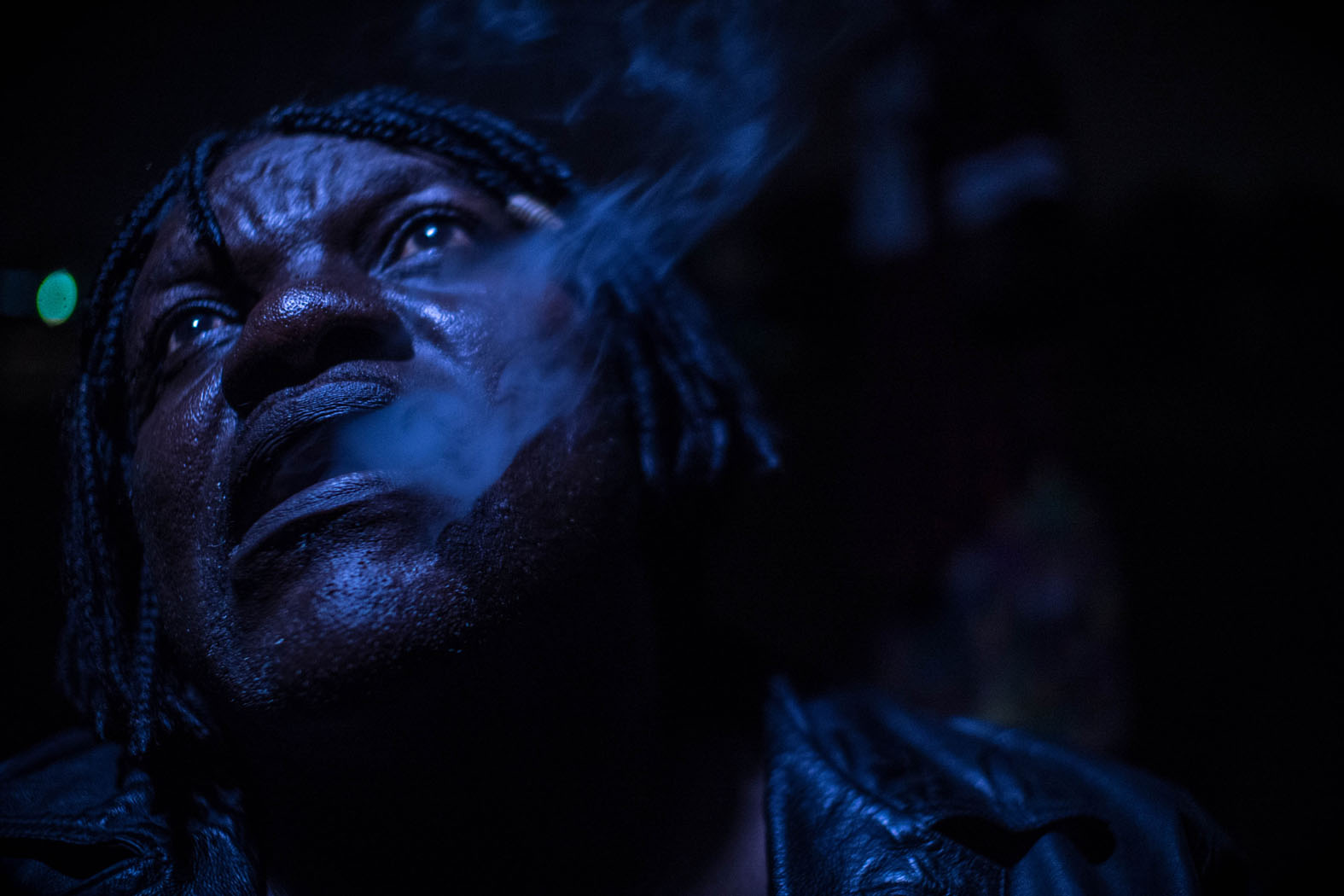
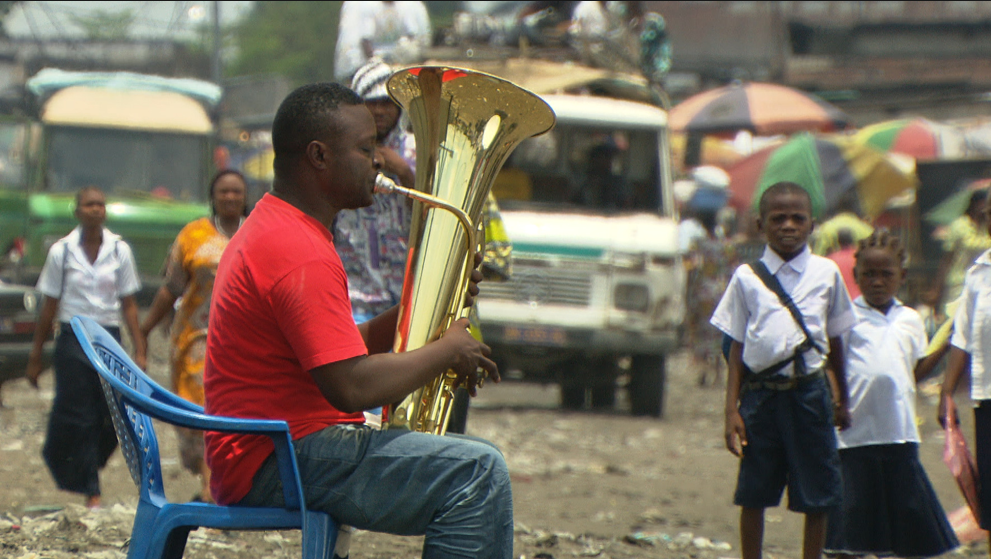

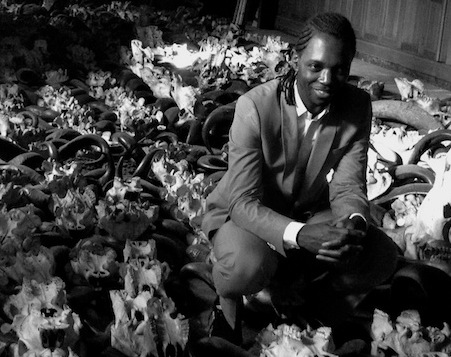
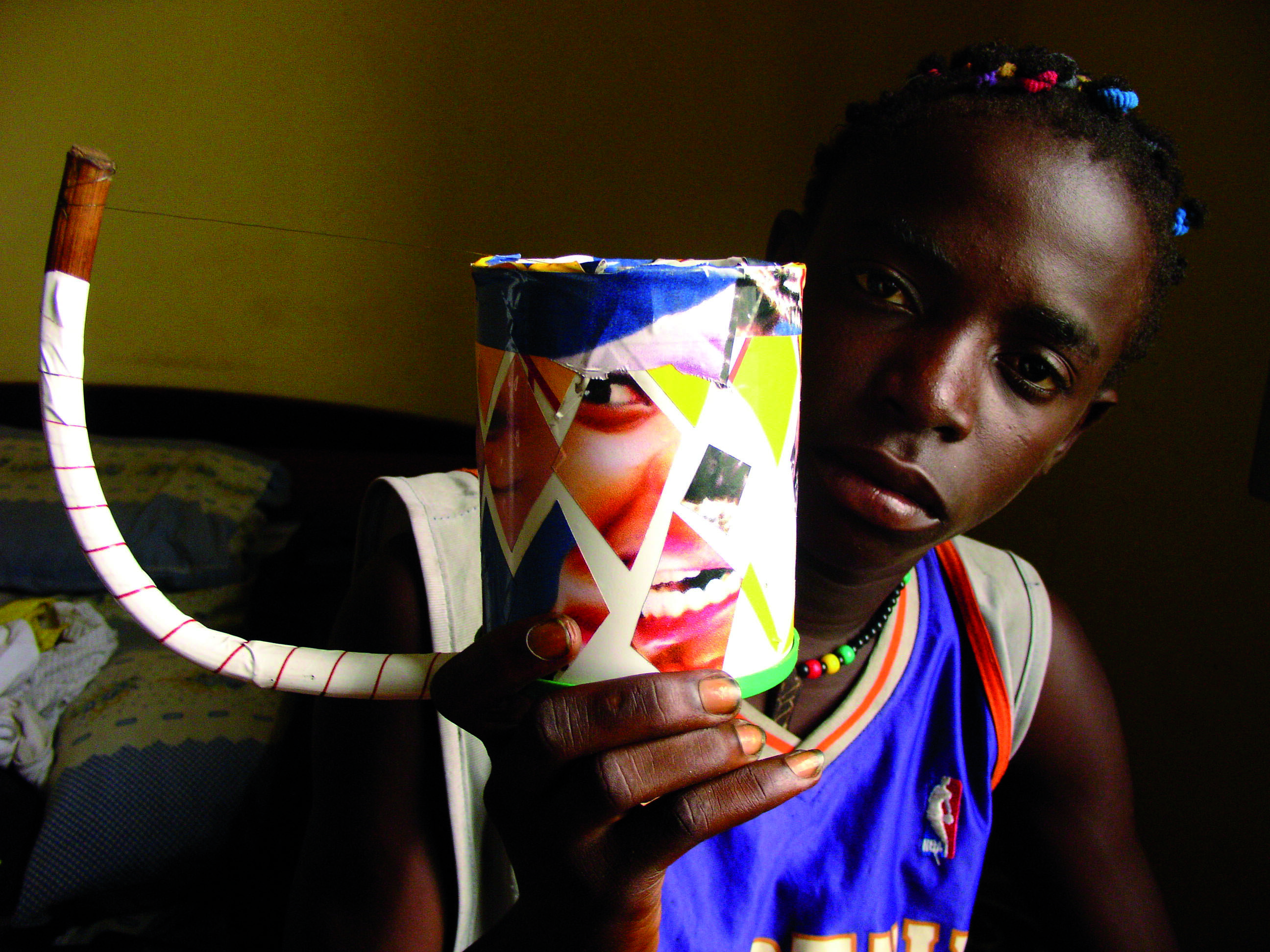
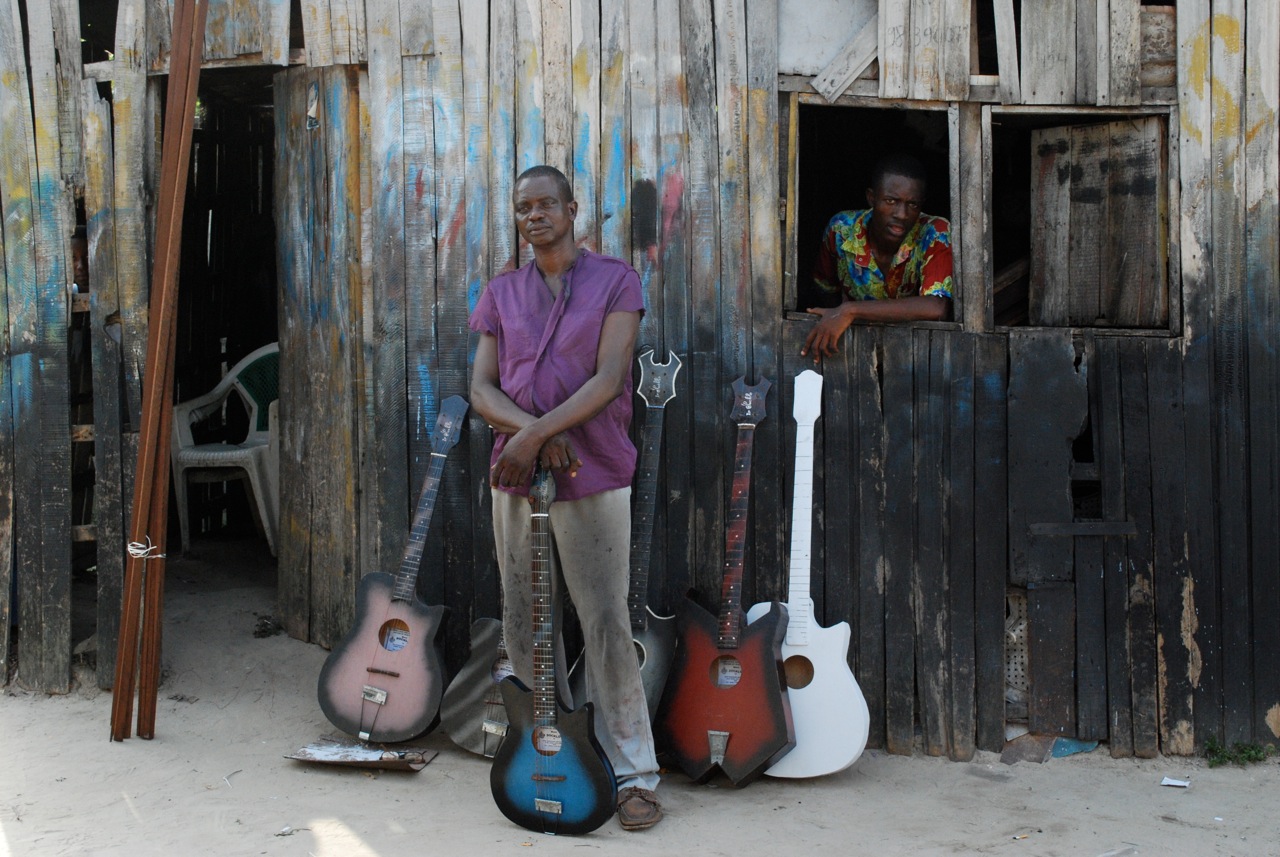
6 comments for “The Ouagadougou Accords – Peace in our time?”